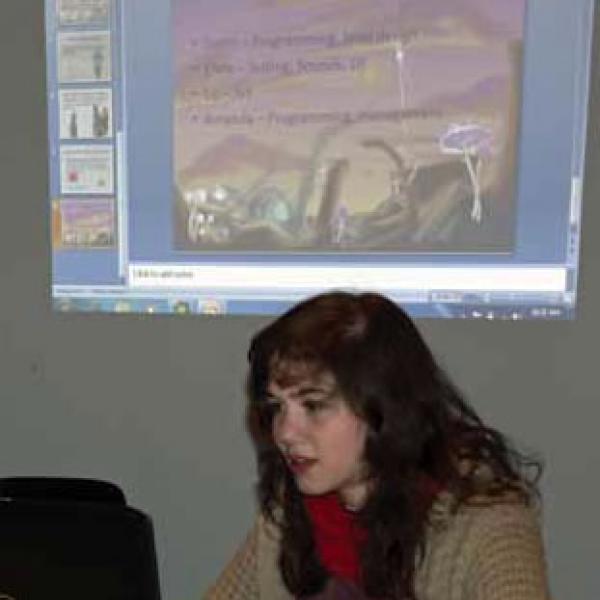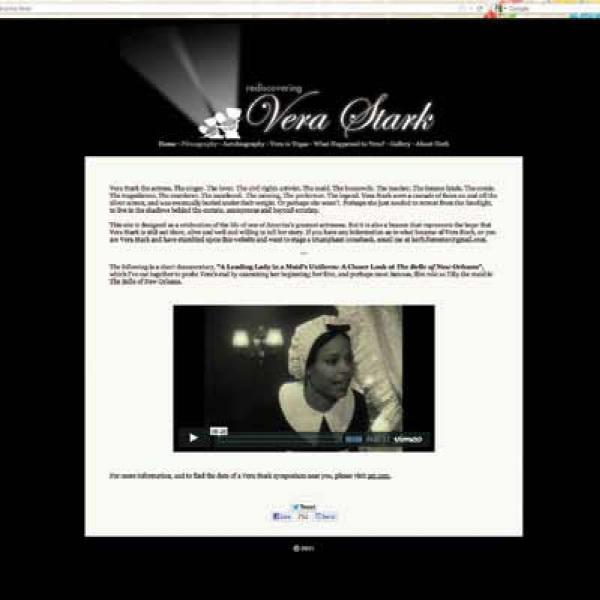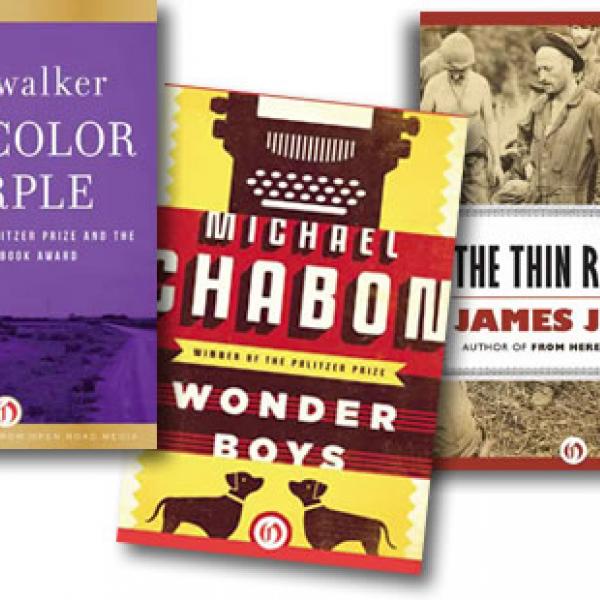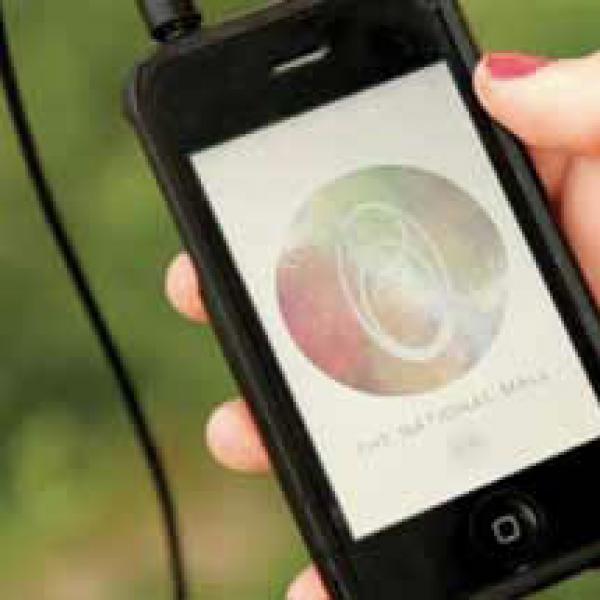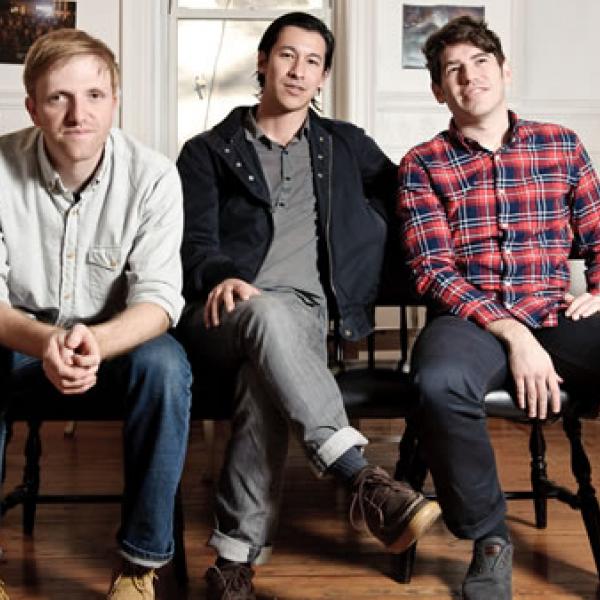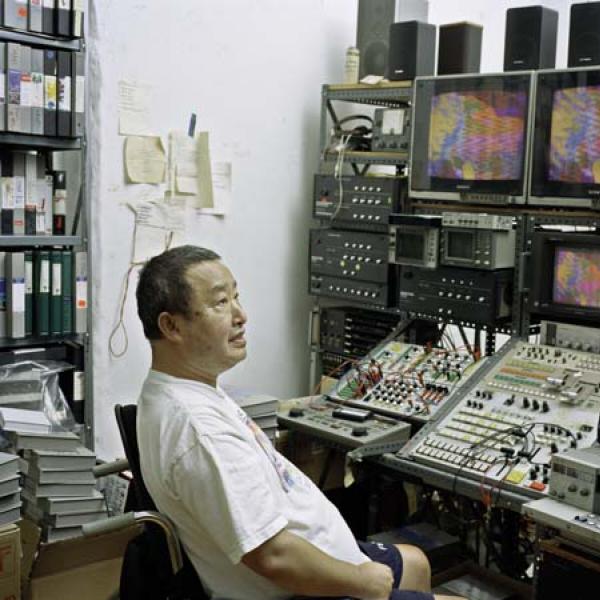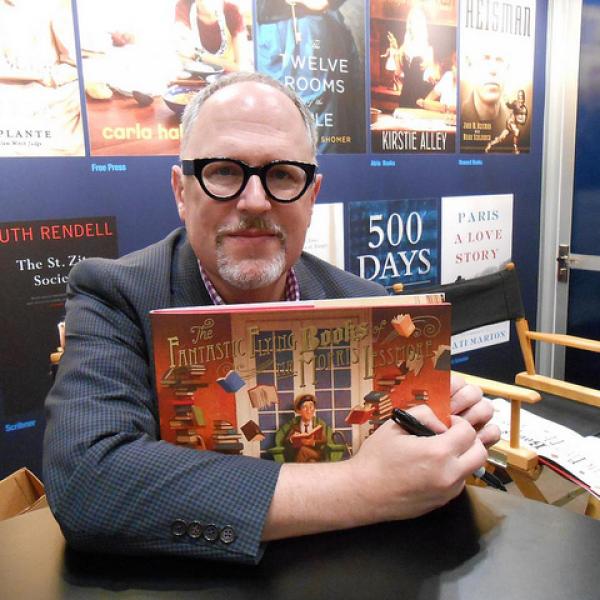Making Space
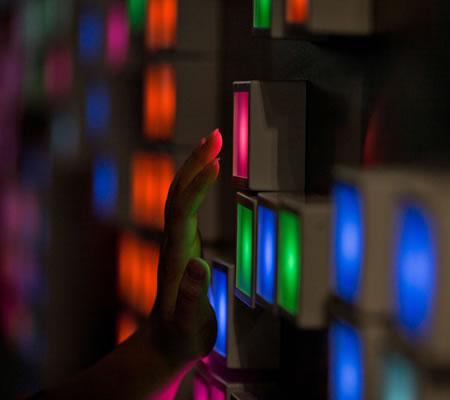
What do you get when you cross a big technology firm that builds processors, motherboards, and the other geegaws and doohickies that make our technology run with a youth-focused company that since the turn of the millennium has evolved from a free magazine self-billed as “the coolest magazine in the world”—which it still publishes—to an international multiplatform media group that regularly reports engagement numbers in the millions? An exciting new collaboration called the Creators Project, designed to showcase artists from diverse disciplines working at the intersection of arts and technology.
Tech giant Intel was quick to recognize that partnering with media group VICE was an opportunity to both speak to the highly prized “millennials” audience and to change the storyline from what the company makes to the makers that use its products. While the unlikely marriage of slide rules and skateboards took a leap of faith, the partners were surprisingly in sync. “It’s very much a partnership between the two companies, which is a pretty unprecedented model for Intel and for VICE,” said Ciel Hunter, who manages the project for VICE. “[We are] unlikely partners that ended up being sort of a perfect fit.”
Dave Haroldsen—who is Intel’s lead for the project—said dreaming up the Creators Project was a tandem effort by both companies. “Together we were talking and Shane Smith, [VICE’s] founder, told us of this dream that he had that he wanted to somehow reinvent Paris in the ‘20s, that amazing time where all these artists got together and started to learn together and share and grow…. And that kind of thought turned into this vehicle, this platform that helped enable artists to do more through inspiration, through resources, through whatever we could do to help people share what is possible when art and technology come together without limitations.”
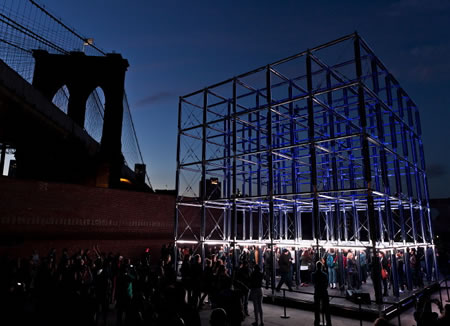
As Haroldsen described, the three-year-old venture represented an entirely new approach to how Intel works with artists. “In the past where we dabbled with musicians or filmmakers…there was always kind of glamour shots of our branding or artists holding up a machine and talking about the Intel processor.” He added that Intel’s rethinking of their approach reflects today’s media-savvy tech consumer. “If you bring value to their lives, they’ll remember you differently and they’ll start to think of you in all the ways that you hope a typical commercial inspires.”
So what exactly is the Creators Project? It is equal parts virtual and in-person experience engine. As Hunter put it, “A lot of people talked about these different areas [of arts and technology], but there was a lack of a cultural space, and that’s what we really wanted to try to fill and provide…. We’re both educators and celebrators of this space.”
At thecreatorsproject.com, you can view documentary-style video biographies of the participating artists, peruse a gallery of current creator projects, or browse the daily blog for features such as a primer on 3D printing. In addition, the Creators Project recently partnered with YouTube to launch a complementary digital channel that further showcases participating artists and their digital artworks, while expanding the Creators Project’s audience online. Events have included art exhibits, live music performances, workshops, screenings, and what Hunter called, “a different sort of event series where we would bring together musicians and filmmakers and artists and do panels and workshops and really try to make them a very hands-on, immersive sort of different experience.” More recently, the effort has evolved to include artist grants. “We just heard that there were a lot of ideas, great interesting innovative ideas that needed a different kind of support,” said Hunter.
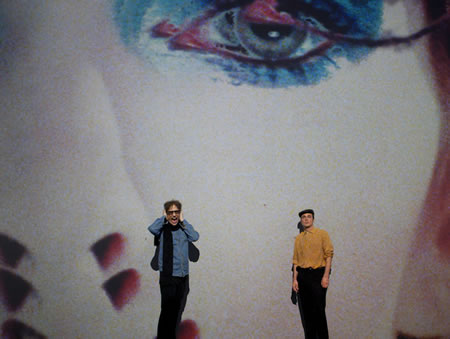
The artists featured on the site are an eclectic international bunch, ranging from 2013 Academy Award Best Director nominee (for Beasts of the Southern Wild) Benh Zeitlin to Chinese fashion designer Vega Wang to British indie band Florence + the Machine. Projects come from both the commercial and not-for-profit worlds, including Rafael Lozano-Hemmer’s public art audio-visual projects and musical collaborations by experimental music group Animal Collective. The line-up also includes groups who are technologists in their own right, such as the UK’s United Visual Artists , a collaborative, which according to Hunter, “create their own software, create their own hardware, and actually have created a new medium through technology.”
The project’s broad artistic scope is by design. Hunter said, “So purposefully, it’s not just new media art or digital art. It’s everything about how technology democratizes art, and how artists can make every kind of work on their laptop now.”
Given VICE’s core audience, the Creators Project was initially designed to appeal to the youth market. “Our audience are people who watch all their videos on phone, who want to engage with an artwork on the go, who don’t necessarily have time to or haven’t been to a museum in a while,” explained Hunter. Still, she opined, it’s been exciting to see the audience for the project broaden to include families and participants of all ages. “It’s really amazing when people [from the] traditional art world who we really, really respect come and get excited by what’s going on.”
Haroldsen concurred. “We learned pretty quickly that young people in high school, they all aspire to be 22. And people [in their 40s], we remember with fondness being 22. And so, if you create authentic, rich content that speaks authentically to a college-age audience, it still resonates very strongly with a much broader audience.”
While the project is strongly artist-centric, an unexpected outcome has been collaboration between the creators and Intel’s engineers. “At Intel we have thousands of these people who are just thinking about the future and testing technology, working on technology,” noted Haroldsen. “As soon as we started bringing some of our engineers to our artists, they started to eat it up. And they viewed our engineers almost as their heroes.”
One particularly powerful example of this synthesis is the story of an engineer described by Haroldsen as, “a guy who’s worked at Intel for 25 years…a fellow with hundreds of patents.” At a Creators Project event in New York, this particular engineer met a Brazilian artist who told him that computers should be like forests, meaning that just as the body instinctively knows how to interact with a forest, it should instinctively be able to interact with a computer. The engineer later reported to Haroldsen how powerfully he’d been affected by the short exchange. “Since that moment, since that conversation, it’s kind of blown up everything that he was working to at that point, and he’s now rethinking his whole philosophy,” said Haroldsen. “He’s taken a lot of inspiration and feedback from these artists, and it’s now changing how he’s building these machines that are going to be coming out five, ten years from now.”



